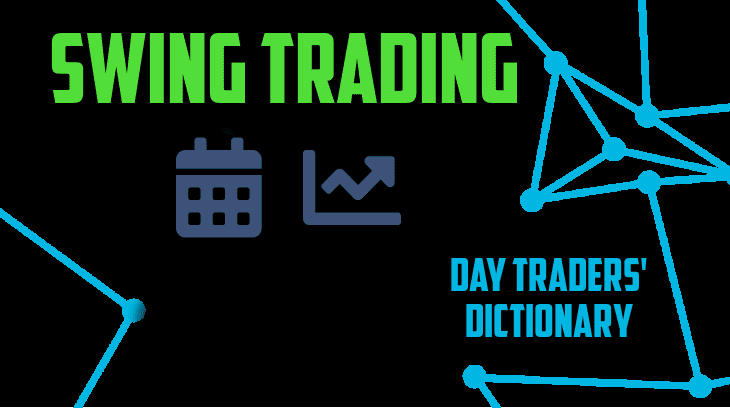Swing Trading: A trading strategy where the trader attempts to profit from short term movements in a stock that may last anywhere from one day to a couple weeks in duration.
Traders who swing trade are generally looking at the ‘bigger picture’ of the stock and tend to use critical levels of support and resistance, fundamental analysis, and upcoming news catalysts as their reasonings to swing a stock.
For example, if the government is about to legalize a drug like Cannabis, a swing trader may look to start building positions in multiple cannabis-related companies with the intention that legalization would boost those companies sales, and their stock prices.
Another example is a swing trader simply using levels of support and resistance to decide their entries and exits. These traders typically use longer time frames, such as the 5 minute chart, 30 minute chart, hourly chart, and daily chart. This allows them to avoid the ‘noise’ that comes with a 1 minute chart and easily identify where the true levels of support and resistance are.
Formulating a plan before the trade is essential, just like with any trading style. The swing trader should know exactly at what level they are looking to get in, what level they are looking to take profits, and what level they going to stop out if they are wrong. Without this plan in place, trading is simply gambling, and you likely would have better odds at a casino.

